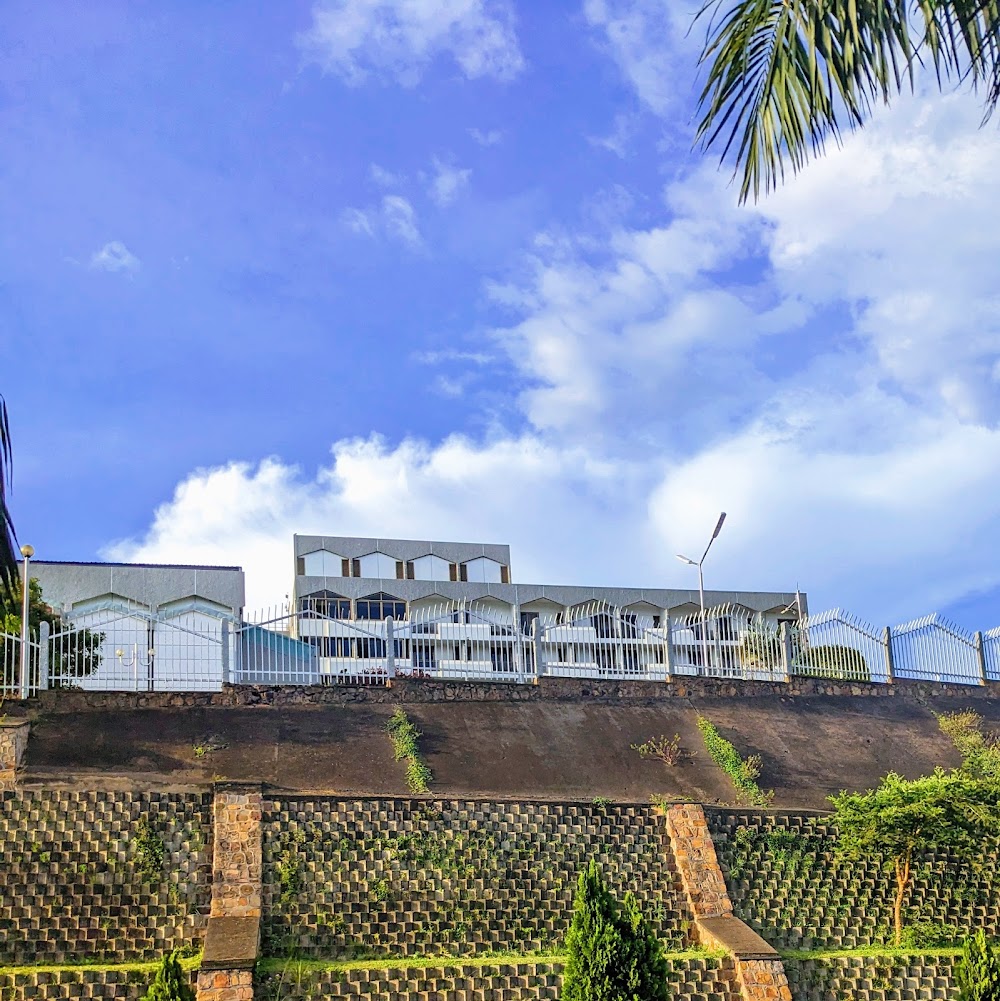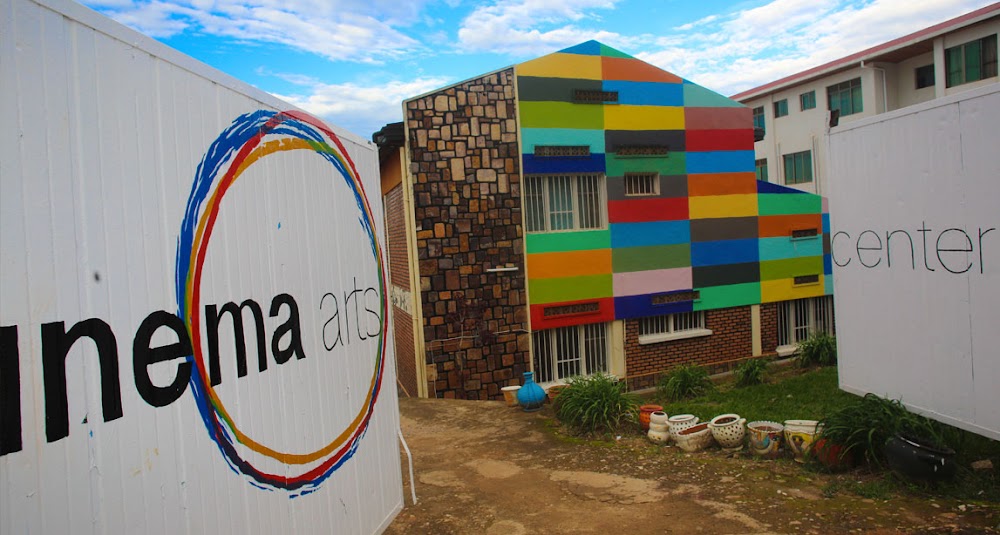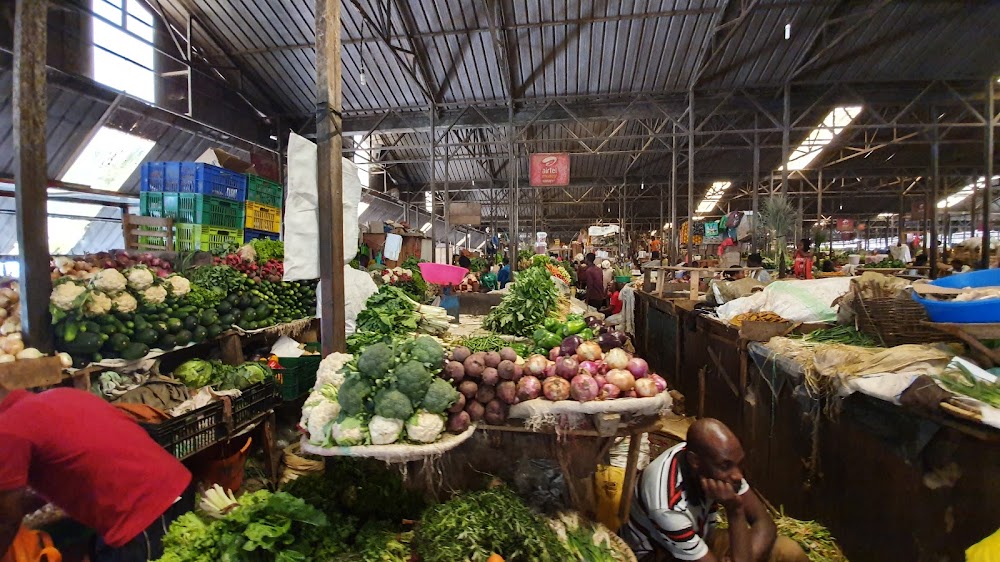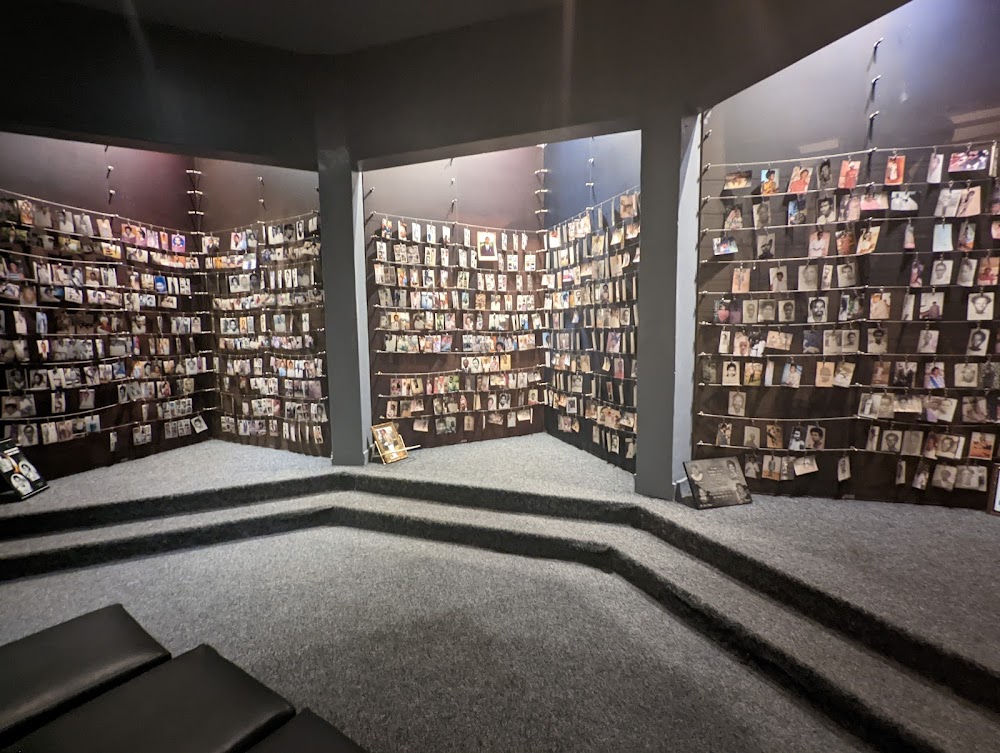Parliament of Rwanda (Inteko Ishinga Amategeko y'u Rwanda)
Overview
The Parliament of Rwanda is located in Kigali, the vibrant capital city that embodies the spirit of modern Rwanda. This significant building reflects the nation's journey toward effective governance and a commitment to reconciliation following its tumultuous past.
In the aftermath of the tragic 1994 genocide, Rwanda faced the daunting task of reconstructing its society and government. To symbolize unity and progress, the decision was made to build a new parliamentary structure that would represent a hopeful future for Rwandans. This new Parliamentary Building, completed in 2007, was designed to blend modern architectural elements with traditional Rwandan culture, marking a clear departure from the country's painful history.
Construction began in the late 1990s, with a collaborative effort between local architects and international experts. The vision was to create a space that transcended mere legislative functionality, serving as a monument to the resilience and aspirations of the Rwandan people.
The building itself is a stunning example of modern yet distinctly Rwandan architecture. It features traditional motifs and is constructed from local materials, with clean lines and glass walls that symbolize transparency and open governance. Inside, the integration of traditional Rwandan art and cultural symbols fosters a connection to the nation’s rich heritage while embracing a forward-looking governance approach.
Inside the Parliament of Rwanda, state-of-the-art facilities abound. There are dedicated chambers for the Senate and the Chamber of Deputies, meeting rooms, offices, and public galleries, all designed to create a functional environment for legislative activities. The interior design emphasizes openness, with large windows allowing natural light to flood in, creating a welcoming atmosphere conducive to collaboration.
A standout feature is the main parliamentary chamber, a semicircular room designed to accommodate all members of parliament. Equipped with modern electronic voting systems and comfortable seating, it ensures efficient legislative sessions and promotes active participation.
The grounds surrounding the Parliament are equally impressive, featuring landscaped gardens and open spaces that provide a tranquil environment for members of parliament, employees, and visitors. An onsite memorial honors the victims of the 1994 genocide, serving as a poignant reminder of the past and the ongoing importance of reconciliation in Rwandan society.
Beyond its legislative functions, the Parliament of Rwanda is also a venue for significant national events and international conferences, further establishing Kigali as a hub of modern Africa. Educational programs and tours are available, inviting citizens and visitors to gain insight into Rwanda's legislative process and the vital role of governance in nation-building.
In summary, the Parliament of Rwanda stands as a powerful testament to the nation's resilience, reconciliation, and progress. It embodies Rwanda's determination to rise above its past and build a future grounded in unity, democracy, and transparency. Through its architectural brilliance and functional design, the building not only houses the country's legislative processes but also symbolizes the strength and aspirations of its people.







